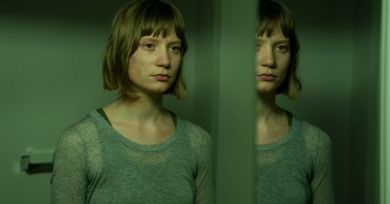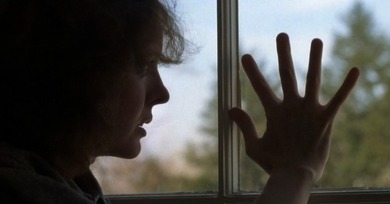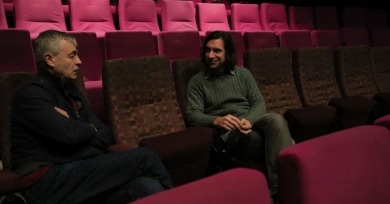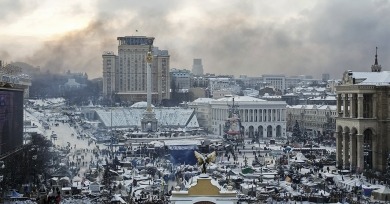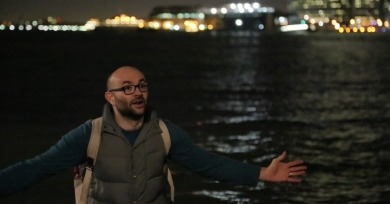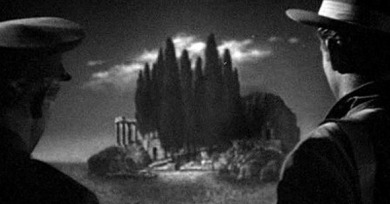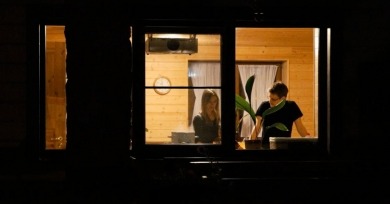Jeff Reichert
In constructing his film in this fashion, Sauper reminds that “characters” are the provenance of fiction, while “people” should be the stuff of documentary films. Thus he doesn’t make an effort to stretch and shape his subjects’ lives to conform to preconceived narrative expectations.
In a moment when documentary film seems back under the thrall of all things cinema vérité, How to Smell a Rose is a terrific reminder that vérité is not merely the avoidance of interviewing subjects on camera, the eschewal of tripods and lighting, or acting the proverbial “fly on the wall.”
Were these poses merely all part of a larger, calculated performance Marlon gave in service of the role of his lifetime: that of “Brando”?
Director Matías Piñeiro browses the aisles of a Greenwich Village bookstore with host Eric Hynes to talk about adaptation as an art of taking liberties, the beauty of mess, and his ongoing relationship with William Shakespeare, whose plays have inspired many of his films, including his latest, The Princess of France.
Whether a child will grasp this all enough for it to resonate is questionable, but adults are invited to reflect on their own lives, likely filled with crumbled islands, doors once open, shut, often cruelly, in our faces by fate, luck, our own weakness or inability. Life, suggests Inside Out, is destined to include disappointment.
What rankles about The Tribe is that its trick (removing spoken language) is only clever enough to cover Slaboshpitsky’s vague faculty with his narrative elements for so long. It’s also a plodding, often crushingly boring watch.
If the Maysles’ now legendary 1970 documentary Gimme Shelter were released today, how would it be received? Would 21st century audiences and critics, grown accustomed to nonfiction filmmaking obsessed with dotting i’s and crossing t’s, soak up the film’s hazy ambiguities?
We talk a lot about how the camera moves through space, and the implications of those choices to move in or out or sideways, but it's rare that we just stop to consider the size and shape of the frame itself. And isn't this where every film starts?
Tsai Ming-liang’s movies may be spare and melancholy, but they make us feel anything but empty.
Simon Grim, for those who’ve forgotten and the many more who never knew, is the garbageman-turned-Nobel-Prize-winning poet created by Hartley for Henry Fool, and played by James Urbaniak in that film, Fay Grim, and now Ned Rifle, the conclusion of the trilogy.
Wenders is more directly present here than he is in Buena Vista or Pina, but even if we see him in the frame early on, directing his cameraman, it’s clear that Salt is Sebastião’s show—the film never descends into the kind of essayistic indulgence of his earlier documentaries.
The length of time all viewers of Wavelength are given to ponder the space, those three walls, a ceiling and a floor, invites us to imprint our own imaginary histories on it.
Let us assume for an instant that perhaps Cronenberg is fully aware his satire is stale, that his critique of contemporary Hollywood lacks trenchancy. So what, then is Maps to the Stars up to? Is it an honest portrait of a family laid low by Hollywood’s dream machine?
In honor of See It Big: Gordon Willis, the Museum of the Moving Image screening series co-curated by Reverse Shot, Michael Koresky and Jeff Reichert here pay homage to the great cinematographer by focusing specifically on his work in Woody Allen’s 1978 drama Interiors.
In this Reverse Shot Talkie, host Eric Hynes and director Steve James emulate an episode of At the Movies to pay tribute to its hosts, Gene Siskel and Roger Ebert; Ebert's writing legacy; and James's documentary about Ebert, Life Itself.
Maidan shows how documentary works at its best and most pure—assemblage and accrual. His vast shots are made for the cinema—they hold so your eye can roam at will.
It’s a production that required the full support of those titans of cultural conformity toward which Pynchon’s novels have long cast a wearily jaundiced eye. Return of the repressed or just further proof of the mainstream culture system’s massively absorptive qualities? Does it matter?
In this Reverse Shot Talkie, host Eric Hynes takes filmmaker Robert Greene for a walk along the East River to talk about his new film, Actress.
A Few Great Pumpkins
Isle of the Dead, Twilight Zone: the Movie, Eyes Without a Face, Candyman, Night of the Demon, Black Sunday, The Babadook
The intellectual questions in nonfiction of late have swirled around hybridity and exploding forms, but hopefully in the wake of CITIZENFOUR we’ll be refocused on the basics of filmmaking: Poitras has crafted a real-life thriller more energetic than Kathryn Bigelow’s infinitely higher budgeted Zero Dark Thirty.

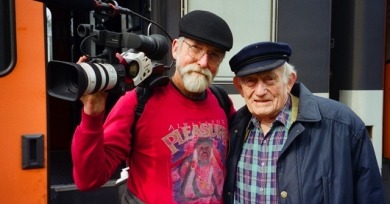
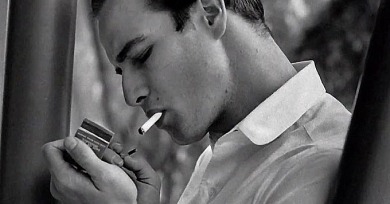
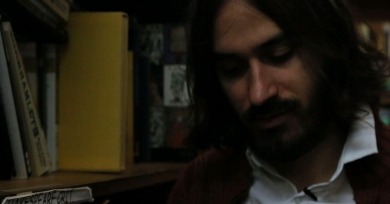
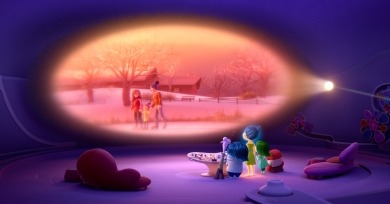
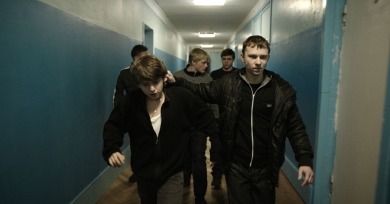


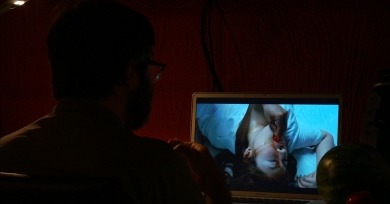
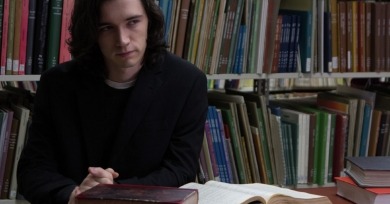
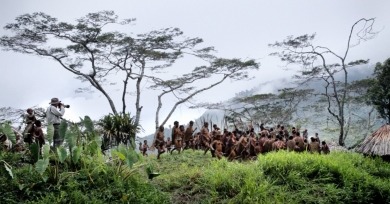
-390x204.jpg)
